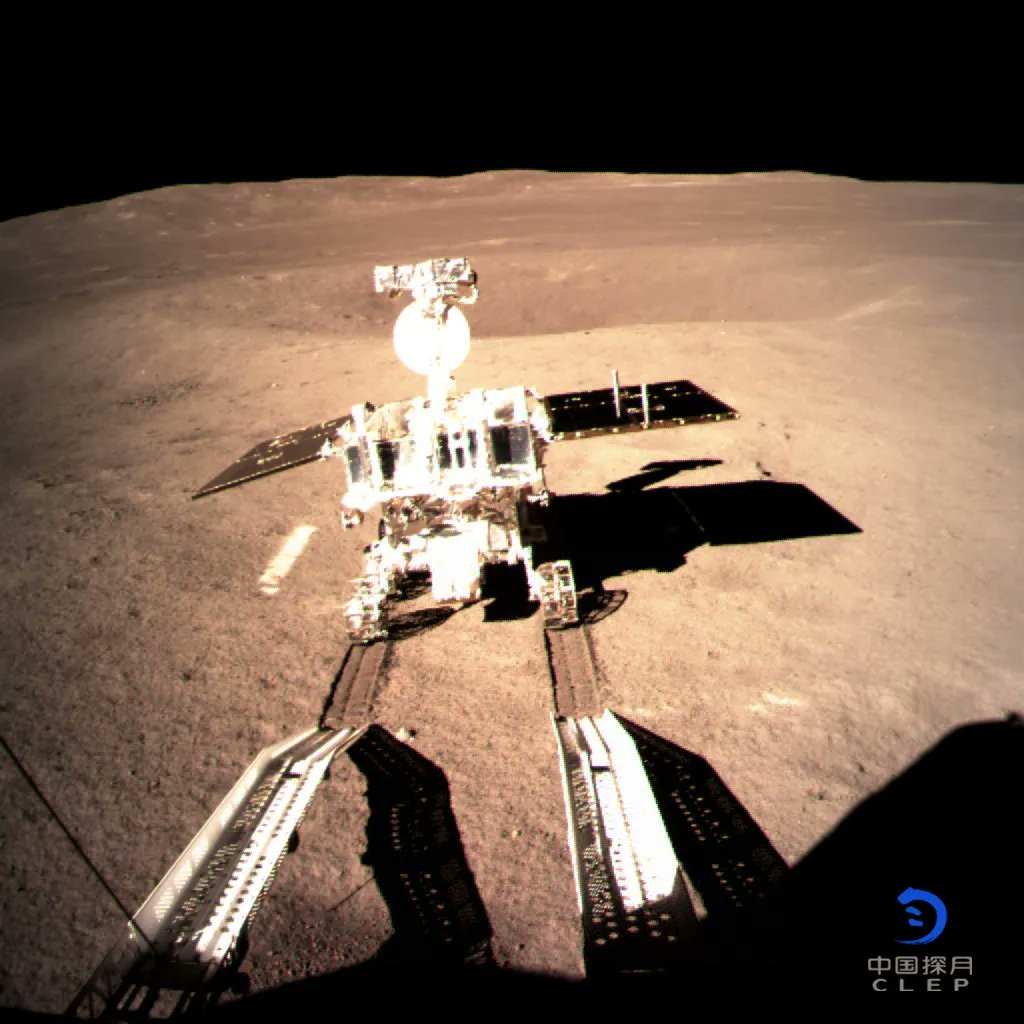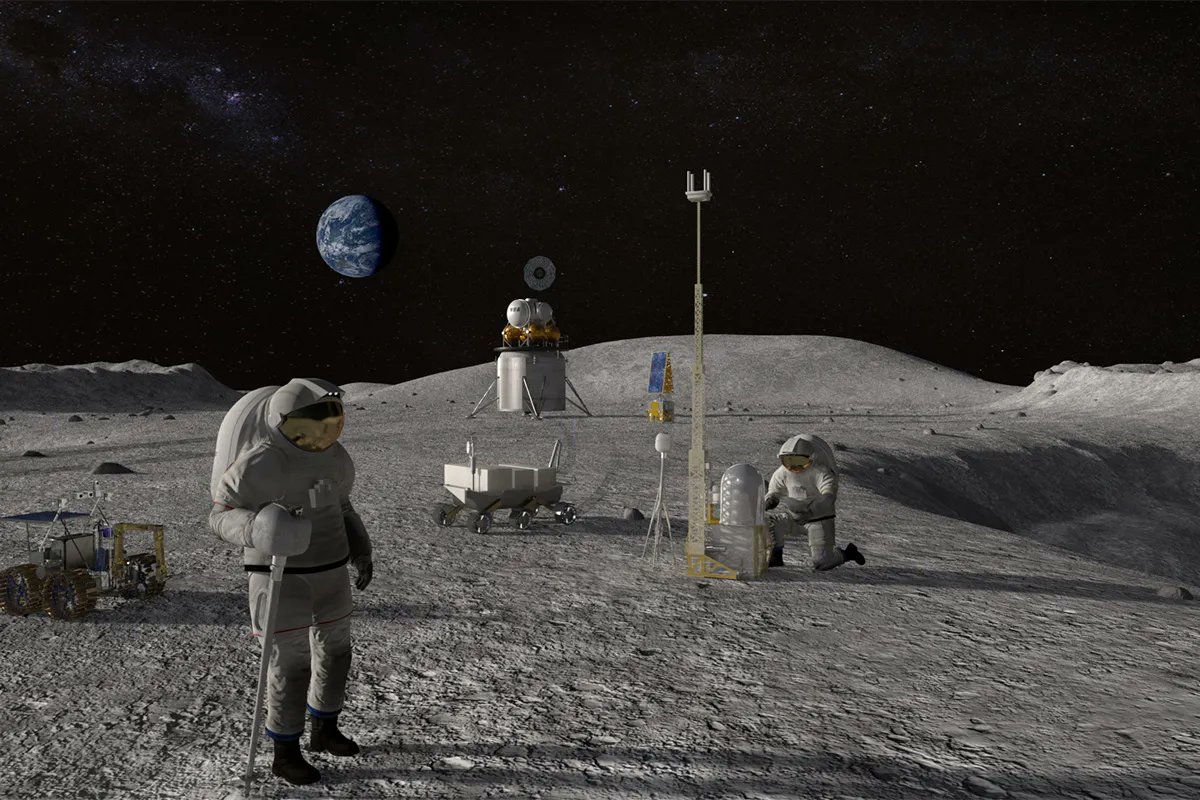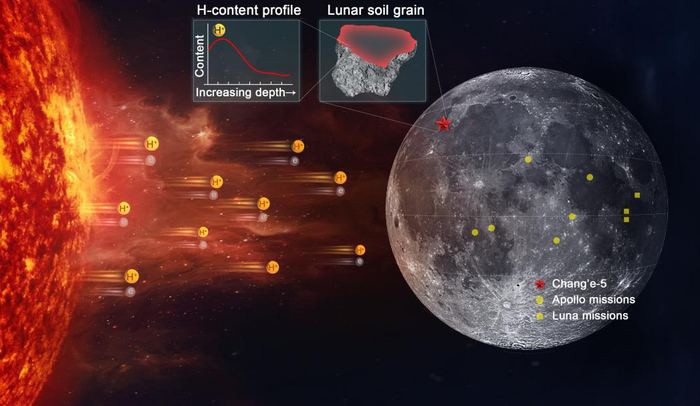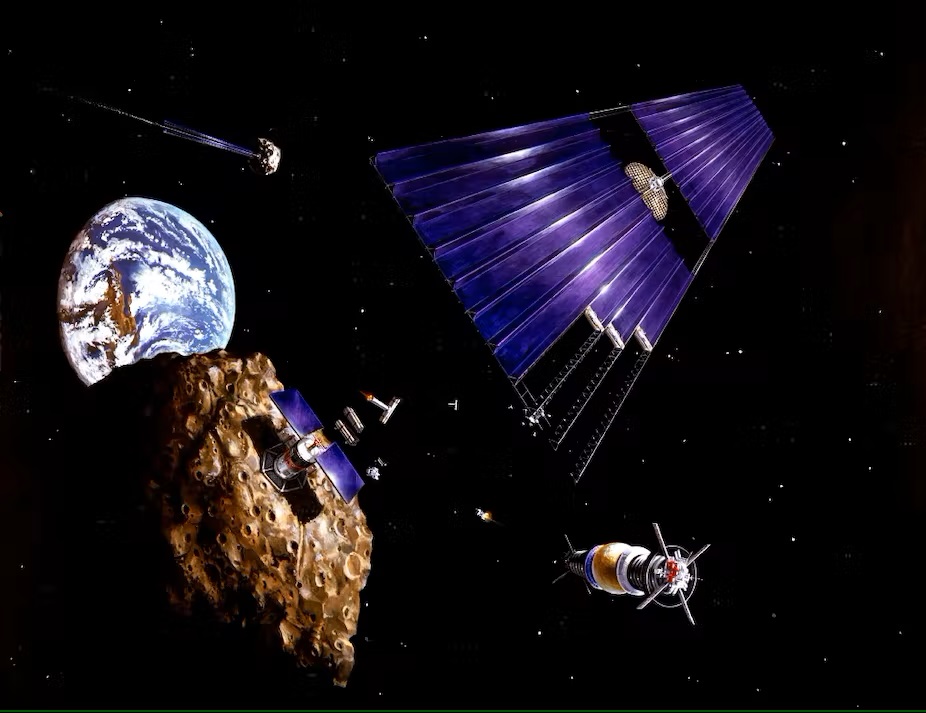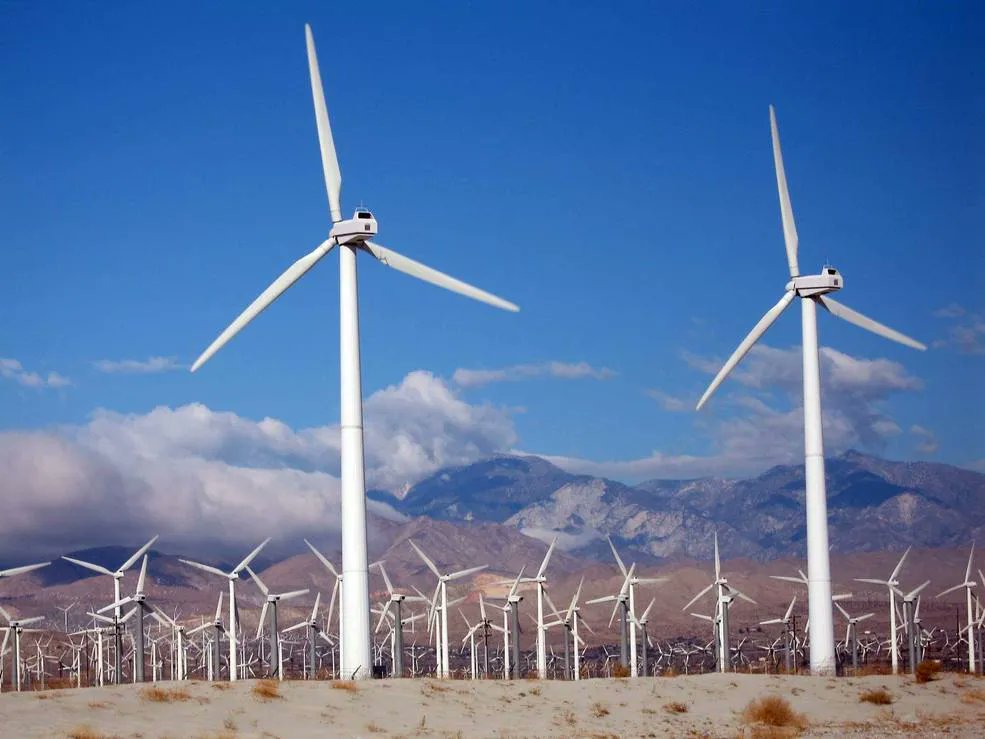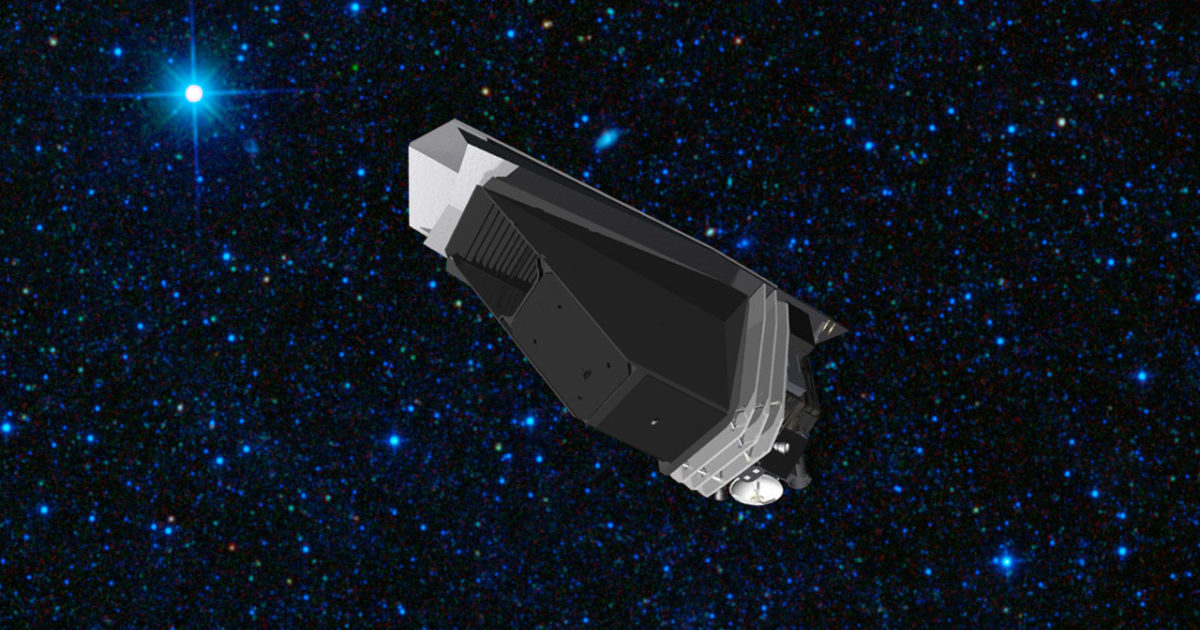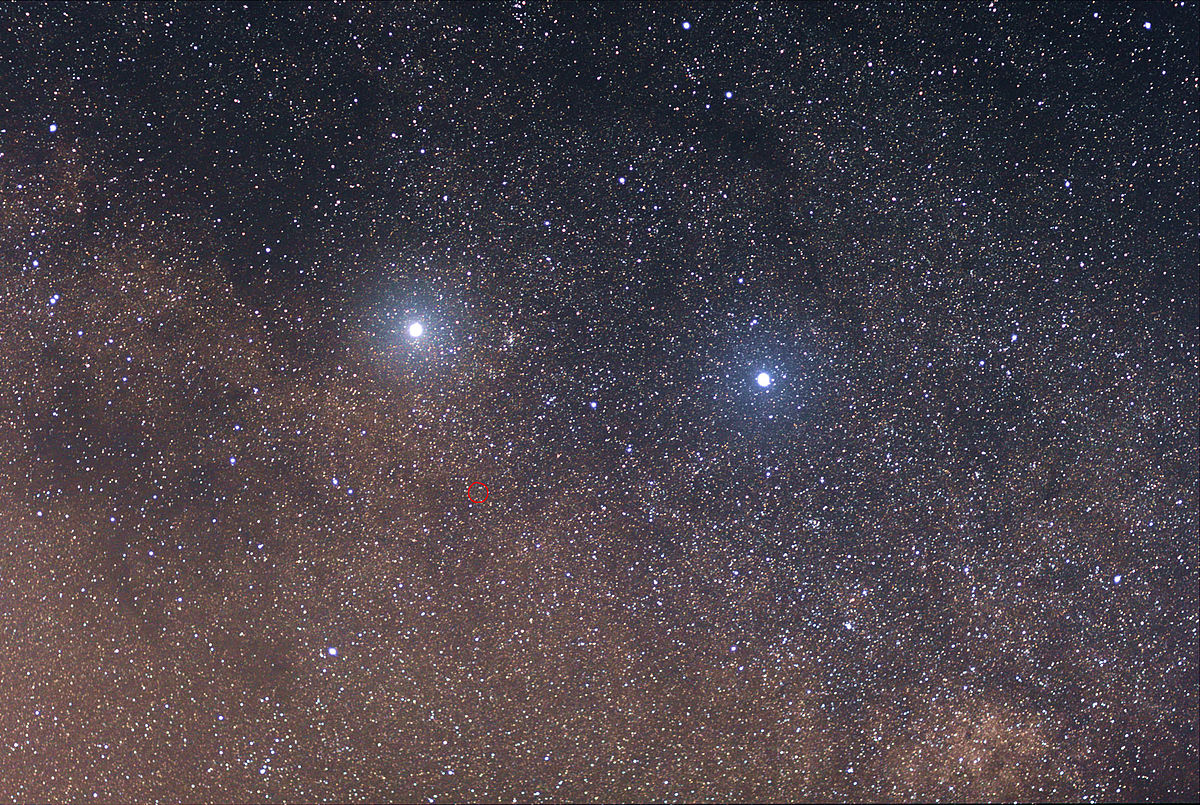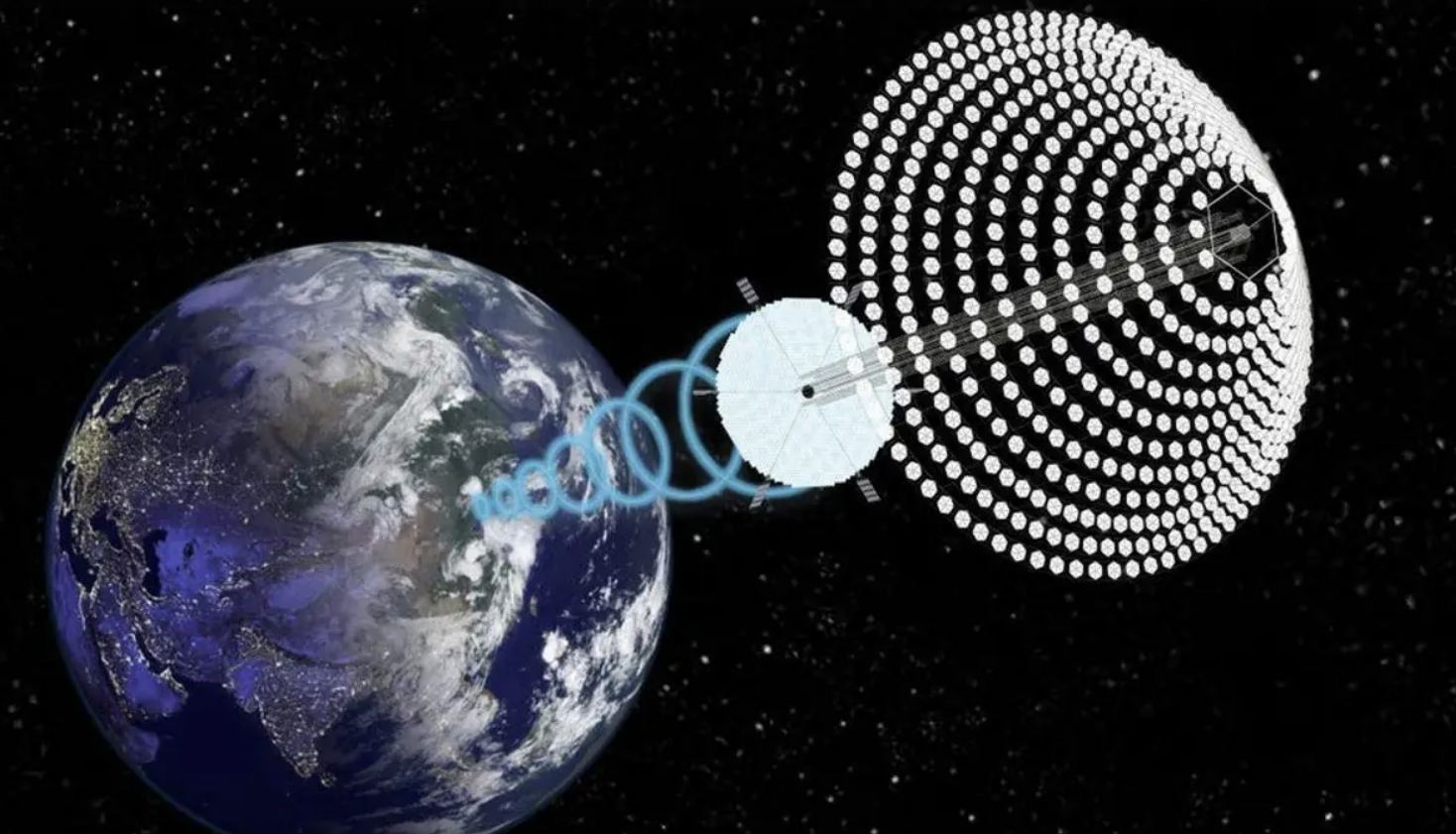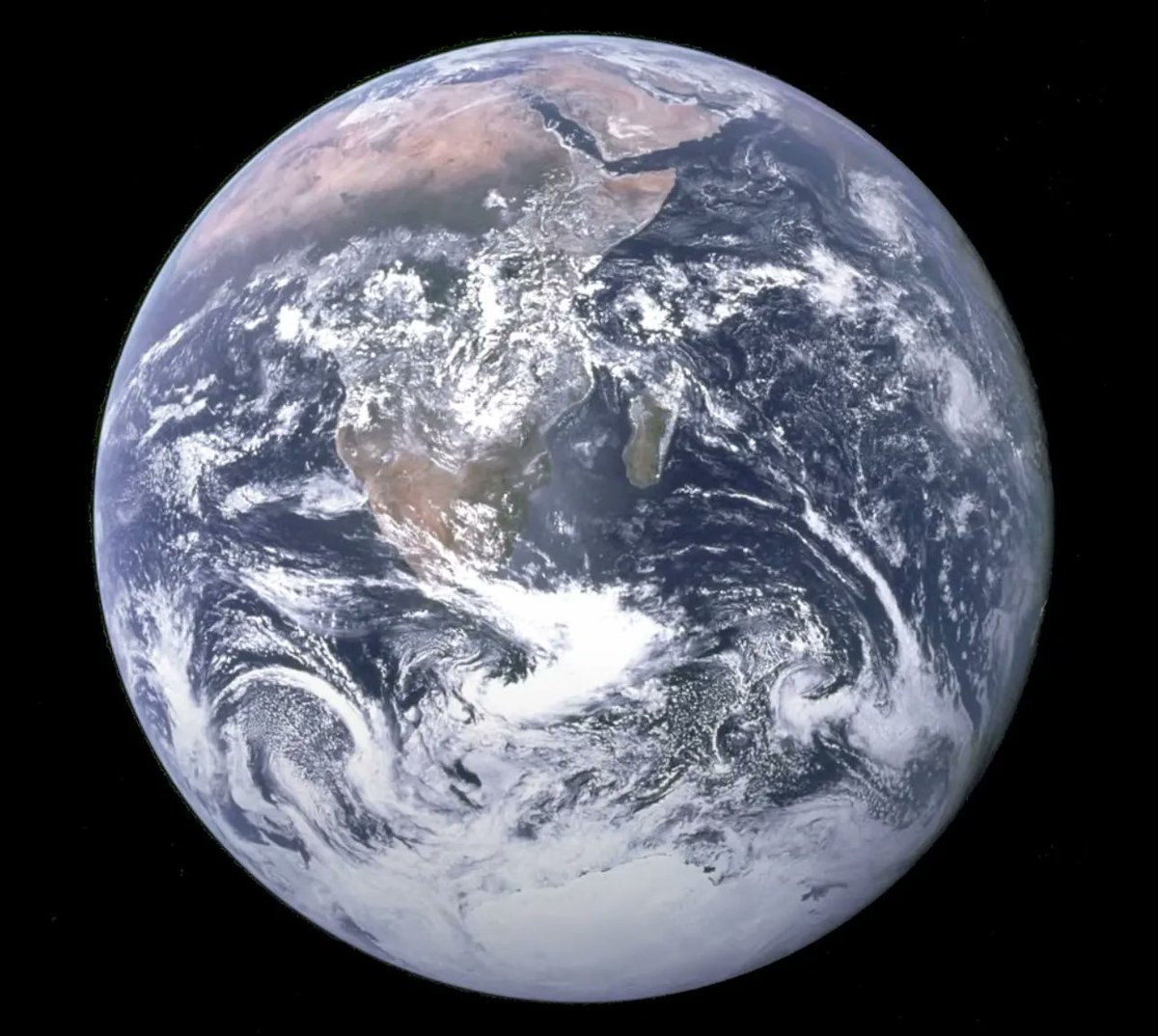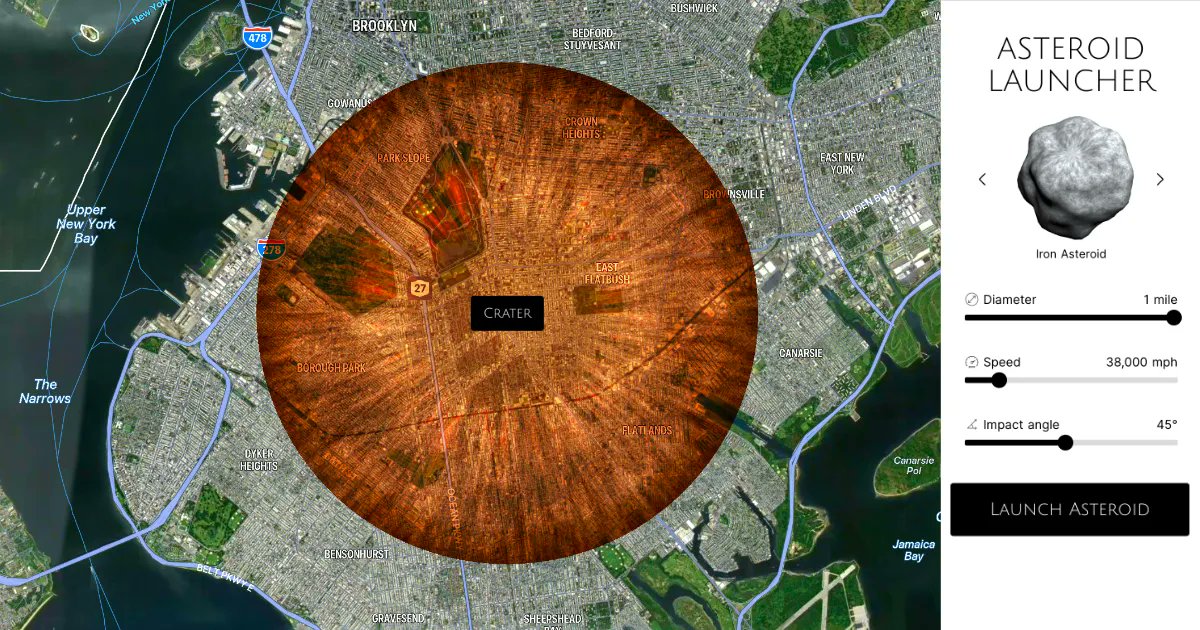The second Moon race is in full swing, with the world’s two big superpowers angling to score a new set of firsts on the lunar surface. NASA’s Artemis program recently clocked up its first success with the splashdown of Orion, but China is looking to take the lead when it comes to setting up a fully-fledged lunar research station. One of the first steps in that process – figuring out where to put it. That is what a new paper attempts to quantify, and it comes up with a practical solution – the south pole.
Continue reading “China is Considering Where to Build a Lunar Research Station”Want to Build Structures on the Moon? Just Blast the Regolith With Microwaves
Microwaves are useful for more than just heating up leftovers. They can also make landing pads on other worlds – at least according to research released by a consortium of scientists at the University of Central Florida, Arizona State University, and Cislune, a private company. Their research shows how a combination of sorting the lunar soil and then blasting it with microwaves can create a landing pad for future rockets on the Moon – and save any surrounding buildings from being blasted by 10,000 kph dust particles.
Continue reading “Want to Build Structures on the Moon? Just Blast the Regolith With Microwaves”The Solar Wind is Creating Water on the Surface of the Moon
Water on the Moon has been a hot topic in the research world lately. Since its first unambiguous discovery back in 2008. Since then, findings of it have ramped up, with relatively high concentration levels being discovered, especially near the polar regions, particularly in areas constantly shrouded in shadow. Chang’e 5, China’s recent sample return mission, didn’t land in one of those permanently shadowed areas. Still, it did return soil samples that were at a much higher latitude than any that had been previously collected. Now, a new study shows that those soil samples contain water and that the Sun’s solar wind directly impacted that water.
Continue reading “The Solar Wind is Creating Water on the Surface of the Moon”Is Mining in Space Socially Acceptable?
Traditional mining has been subject to a negative stigma for some time. People, especially in developed countries, have a relatively negative view of this necessary economic activity. Primarily that is due to its environmental impacts – greenhouse gas emissions and habitat destruction are some of the effects that give the industry its negative image. Mining in space is an entirely different proposition – any greenhouse gases emitted on the Moon or asteroids are inconsequential, and there is no habitat to speak of on these barren rocks. So what is the general public’s opinion on mining in space? A paper from a group of researchers in Australia, one of the countries most impacted by the effects of terrestrial mining, now gives us an answer.
Continue reading “Is Mining in Space Socially Acceptable?”Despite the low air Pressure, Wind Turbines Might Actually Work on Mars
Mars might not be the first place you would think of when thinking about where wind power might be useful. It has dust storms similar in scale to anything that the Earth can muster, and they’ve been responsible for the death of lots of the technology we’ve sent to the Red planet over the years. However, the strength of those storms is only enough to lift some dust particles into the air, which eventually shrouds that technology’s solar panels. Scientists have thought that it doesn’t really have enough oomph to be useful for anything. However, a new paper calls that assumption into question and shows that wind power could be useful on Mars.
Continue reading “Despite the low air Pressure, Wind Turbines Might Actually Work on Mars”NASA Makes Asteroid Defense a Priority, Moving its NEO Surveyor Mission Into the Development Phase
There’s an old adage in the engineering field – what gets funded gets built. So it’s sure to be a happy time over at the Planetary Society, as NEO Surveyor, the project the organization has primarily supported over the past few years, has made it through NASA’s grueling budgetary process to reach the “development” stage, with an eye for a launch of the system in 2028.
Continue reading “NASA Makes Asteroid Defense a Priority, Moving its NEO Surveyor Mission Into the Development Phase”Lightweight Picogram-Scale Probes Could be the Best way to Explore Other Star Systems
Inspiration for space exploration can come from all corners. One of the most inspiring, or terrifying, sources of inspiration for some in space exploration came from computer science expert John von Neumann, who laid out a framework for self-replicating machines in a series of lectures he gave in 1948. Ever since then, scientists and engineers have been debating the advantages, and the perils, of such a system.
However, while technology has indeed advanced a long way since the 1940s, it still seems like we are still a long way from having a fully functional von Neumann machine. That is unless you turn to biology. Even simple biological systems can perform absolutely mind-blowing feats of chemical synthesis. And there are few people in the world today who know that better than George Church. The geneticist from Harvard has been at the forefront of a revolution in the biological sciences over the last 30 years. Now, he’s published a new paper in Astrobiology musing about how biology could aid in creating a pico-scale system that could potentially explore other star systems at next to no cost.
Continue reading “Lightweight Picogram-Scale Probes Could be the Best way to Explore Other Star Systems”Could Space-based Satellites Power Remote Mines?
Many space-based technologies are still looking for their “killer app” – the thing that they do better than anything else and makes them indispensable to whoever needs to have that app to solve a problem. At this point in the development of humanity, most of those killer apps will involve solving a problem back on Earth. Space-based solar power satellites are certainly one of those technologies.
They have the potential to fundamentally transform the energy industry here on Earth. But they need that one “killer app” to get people interested in investing in them. A study from a group of researchers at the Colorado School of Mines looked at one potential use case – powering remote mining sites that aren’t connected to any electric grid. Unfortunately, even at those extremes, solar power satellites aren’t yet economical enough to warrant the investment.
Continue reading “Could Space-based Satellites Power Remote Mines?”A Supercomputer Climate Model is so Accurate it Predicted the Weather Patterns Seen in the Famous 1972 “Blue Marble” Image of Earth
The “Blue Marble” was one of the most iconic pictures of the Apollo era. Taken by the astronauts of Apollo 17 on their return trip from the moon, the first fully illuminated image of the Earth taken by a person captured how the world looked on December 7th, 1972, just over 50 years ago. Now, a team from the Max Planck Institute for Meteorology has recreated that iconic image using a climate model.
Continue reading “A Supercomputer Climate Model is so Accurate it Predicted the Weather Patterns Seen in the Famous 1972 “Blue Marble” Image of Earth”This Interactive Tool Lets you Simulate Asteroid Impacts Anywhere on Earth
Asteroid impacts rank highest on the UN’s list of potentially species-ending calamities. They’ve been the subject of countless movies and books, some of which are accurate depictions of what would happen, and some of which are not. Now, if you’ve ever been interested to see what would happen if different sizes of asteroid impact different areas of the globe, the internet has a tool for you!
Continue reading “This Interactive Tool Lets you Simulate Asteroid Impacts Anywhere on Earth”
